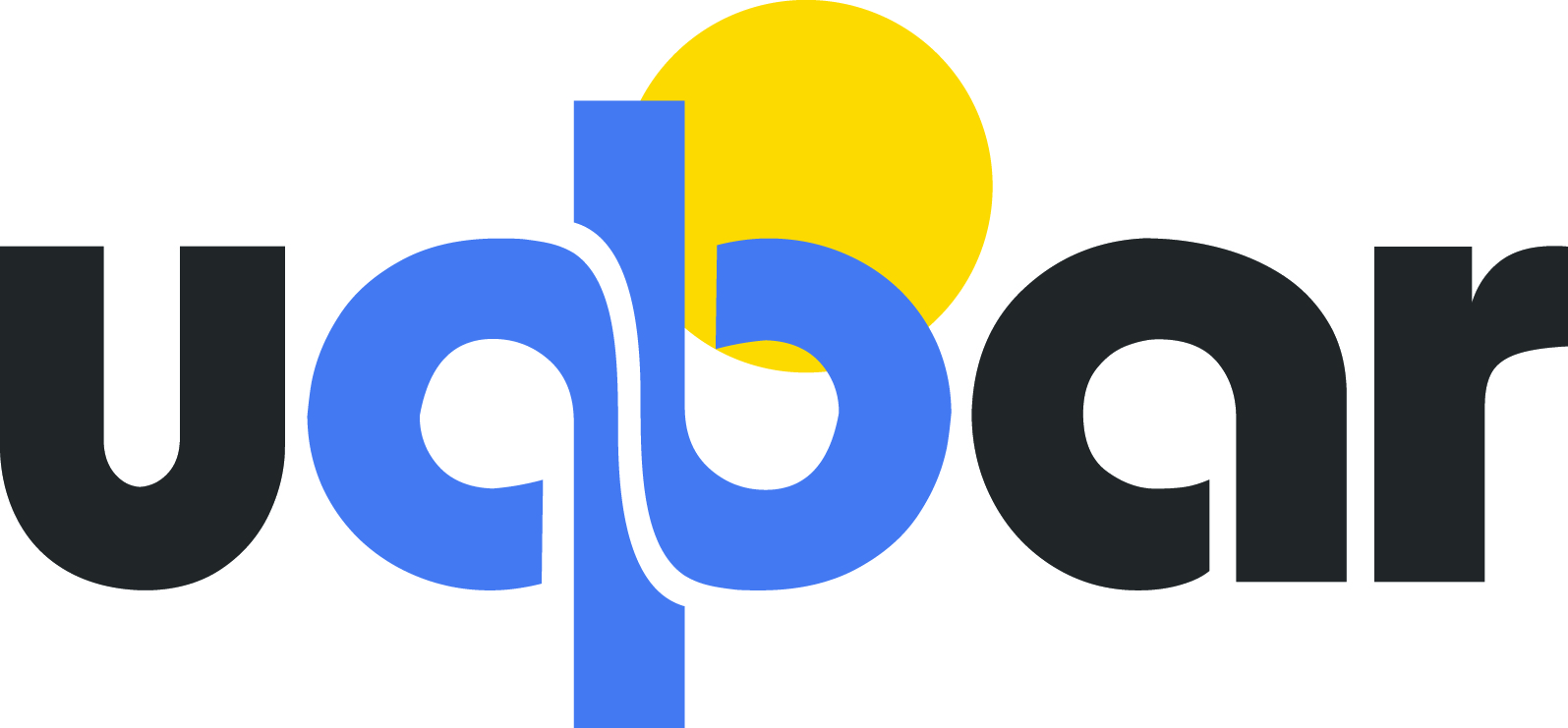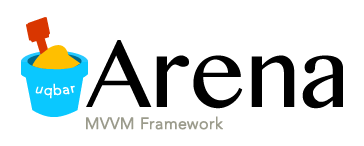Table
A org.uqbar.arena.widgets.tables.Table[R] shows a table / grid with a list of elements of type R.

Bindings
A table must
- have at least one column
- bind its property items against a collection of elements that match R type
Another properties
- It inherits the following properties from Control:
- enabled, visible & background (bindables)
- height property has no effect, you should use numberVisibleRows instead
- width property has no effect, you should use fixedWidth for every column
- And also inherits from Skinnable Control this properties:
- fontSize, foreground, background
- value (optional): type R - bind the selected element
Example
A Table that shows a collection of customers in a Cell Phone company:
// Xtend
val table = new Table<Customer>(mainPanel, typeof(Customer)) => [
items <=> "results"
value <=> "selectedCustomer"
]
// Java
Table<Customer> table = new Table<Celular>(mainPanel, Customer.class);
table.bindItemsToProperty("results");
table.bindValueToProperty("selectedCustomer");Note the parallel relation between Table and Column models: the table has a customer list as a model, whereas every column has a customer as a model.
And this is how we add a column with the name of every customer:
// Xtend
new Column<Customer>(table) => [
title = "Name"
fixedSize = 200
bindContentsToProperty("fullName")
]
// Java
new Column<Celular>(table) //
.setTitle("Name")
.setFixedSize(250)
.bindContentsToProperty("fullName");A Customer has a String property fullName.
You can align a column by using alignLeft() -default-, alignCenter() or alignRight() messages.
// Xtend
new Column<Customer>(table) => [
title = "Amount"
alignRight
bindContentsToProperty("amount")
]
// Java
new Column<Celular>(table) //
.setTitle("Amount")
.alignRight()
.bindContentsToProperty("amount");If you want to adapt a property you can
- use a transformer
- define a read-only property (eg: getXXX() method in the model)


